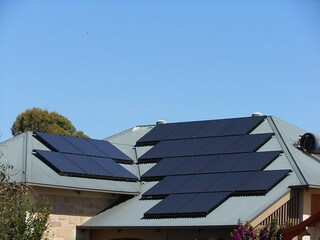Apple just announced that they plan to construct a 200MW solar project in China to help the company meet its goals for carbon neutrality. One of the concerns, though, is whether or not the local transmission & distribution grid system can accommodate this renewable generation. It’s a concern because there have been numerous solar installations in China that are idled because of grid limitations.
As a matter of fact, this summer the Chinese government released data indicating that about 9 percent of existing solar installations were offline for the first half of the year because of constraints. I bring this up to illustrate that building renewable generation is the easy part of the supply chain, dealing with it on the grid is where the complexity arises.
It’s the general mission of commercial power generators to supply reliable and stable power to its customers; however, the increasing number of renewable sources can make this a challenge. Many have discussed how the uneven supply of renewables results in traditional fossil plants cycling to smooth load which causes some design and operational issues. Something else to consider, though, is the race afoot to develop technologies for energy storage/grid reliability that can provide some relief for fossil plants and improve overall grid stability.

Source: Michael Coghlan, 24 Solar Panels (CC BY-SA 2.0)
You’ve heard of Tesla, but have you ever heard of EOS Energy Storage, JuiceBox Energy, ICE Storage, or Sonnenbatterie? They are just a few of the players in the energy storage space. Pumped storage has been around for a while and will find opportunity, but it’s battery and thermal storage that are getting more attention these days. The companies I listed have bankable contracts with utilities and help to provide power smoothing to balance renewables. Although not an energy storage technology, reciprocating engines that burn natural gas are gaining traction too because of their ability to come online quickly (in less than 10 minutes) while also providing good voltage support. This flexibility, combined with cheap fuel, make using these engines very attractive. Rubart Station in Kansas is a good example of this technology.
So where does this race end? It’s always hard to predict the future, but the winner will have the ability to scale, must be easily maintainable, and must be able to move down the cost curve to provide competitive power options ($/MW). It’s fun to watch and these technologies will likely be prevalent well before any major revamps to the national grid system come to fruition.





